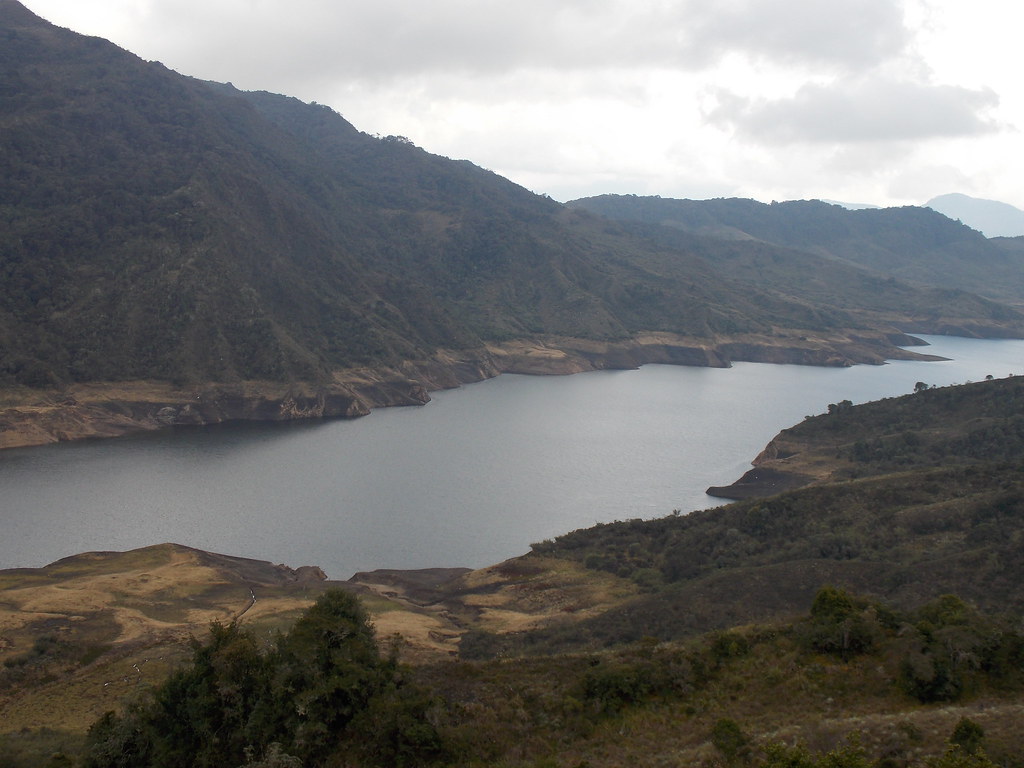
Bogota has been rationing its water resources for a few weeks now, with the main goal of saving two cubic meters of water per second. After weeks of drought, the water levels in Bogota reservoirs appear to be on the rise. In addition to the return of rainfall and the ending of El Niño phenomenon, Bogota municipality has carried out education campaigns that aim to raise awareness among citizens on how to properly use water without wasting it.
After almost a month of rationing, Bogota Mayor Carlos Galan has announced that the water reservoir levels are now standing at 18 percent. The city has, however, failed to achieve its initial goal of 20 percent by the end of the month of April.
The reported rises in the Bogota reservooirs’ water levels include the city’s three main water systems.
- Chingaza system: It includes the Chuza and San Rafael reservoirs and the Rio Blanco subsystem. It also has a main filtraion system called the Francisco Wiesner Plant. It is normally responsible for 80 percent of Bogota’s water supplies.
- Sumapaz System: It includes the Regadera and Chisaca reservoirs, and the Los Tunjos and Chisaca lagoons. It also has two main plants, La Laguna and El Dorado.
The third, and largest system is the Tibitoc North system. It includes the Aposentos, Neusa, and Tomine reservoirs. These are the ones that surround the north of the city and its municipalities. They are managed by the Tibito plant.
On May 9, Mayor Galan declared that the Chingaza system rose to 18.3% with an average consumption of 15,48 square meters. “Even though the Bogota reservoir water levels are on the rise, we have to sustain this tendency,” he stated.
Given the rising water levels, how long until water rationing stops?
The situation is complex. Rationing has been split by zones in Bogota, some zones having larger water usage due to the population they hold. An example of this is Kennedy, a zone in the city that houses almost 3 million people. Despite the complications, Mayor Galan announced that rationing might go on until December, depending on weather patterns and citizen help.
See all the latest news from Colombia and the world at ColombiaOne.com. Contact our newsroom to report an update or send your story, photos and videos. Follow Colombia One on Google News, Facebook, Instagram, TikTok and subscribe here to our newsletter.


